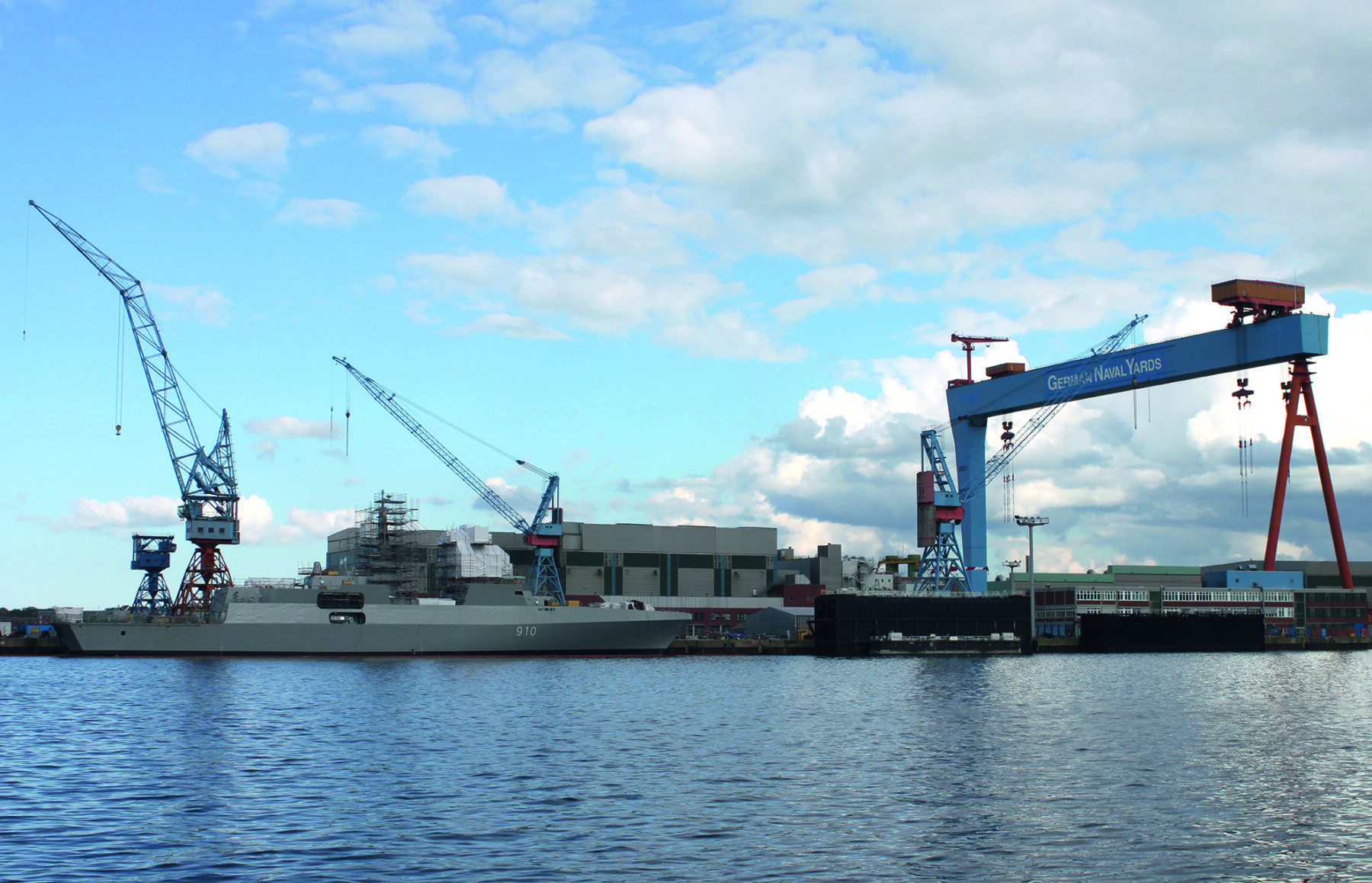CASE STUDY: REQUIREMENTS MANAGEMENT
Requirements Management even in the early stages of tender preperation
Developing safety-critical systems involves particularly high demands on the system architecture and high degrees of traceability across all levels. Using the right methods ensures that the groundwork is laid for the construction of a comprehensive overall system architecture even in the early stages of the requirements analysis and tender preparation.

As a company that has specialised in the design and construction of highly integrated naval vessels, German Naval Yards Kiel GmbH (GNYK) is aware of the meaning and importance of early requirements management. Within the framework of a public tendering process, we were therefore requested to provide support in the form of our development experts’ expertise and to take on requirements management responsibilities as system architects in the tendering project.
Together with the GNYK project team, we first of all created a procedural model to build and implement a cross-system requirements structure. The combination of many years of experience in requirements management and detailed knowledge of the required development standard, V-Modell XT, shaped our approach.
The aim of the first phase of the project was to build a framework structure to conduct a holistic analysis of the functional and non-functional requirements. In order to lay the groundwork here for the subsequent construction of an overall system architecture, we liaised in stages between the individual departments and made the project team members aware of the cross-cutting requirements
This meant that the cross-system requirements and technical interfaces could be identified at an early stage and adapted accordingly. By working directly and closely with the team on site and relying on the systems knowledge of our development experts, we were able to consolidate the initial processes and create a basic structure that would make it easier to subsequently update a system architecture.
Based on the interfaces and functions that were determined, the second phase then focused on the development of the overall system architecture. The key to the ongoing management and traceability of requirements is a sustainable architecture design and the intelligent linking of the relevant interfaces. Together with the project team we ultimately developed a procedure that describes the coordination processes during the later order fulfilment stage. The approach taken to further specifying the project requirements model was one of the elements defined. The subsequent traceability of the changing requirements could therefore be ensured even at the tendering phase.
As a result, the early implementation of holistic requirements management meant that the exponential growth in non-conformance costs can be minimised even at the tender preparation stage. Thanks to close cooperation with the individual departments, cross-cutting requirements could be discovered at an early stage and incorporated into the system structure. The project participants were instructed in using the methods and tools and provided with ongoing training.
We would like to thank German Naval Yards Kiel for their trust and cooperation!
„digitalsalt not only supported us technically with requirements modelling but also with its implementation in the team. By incorporating technical interfaces in the system architecture we were able to optimise the project’s workflow and management in a sustainable way.”
Philipp Maracke, Managing Director German Naval Yards Kiel
YOUR POINT OF CONTACT
You’d like to know more or require our support?
We look forward to hearing from you!
